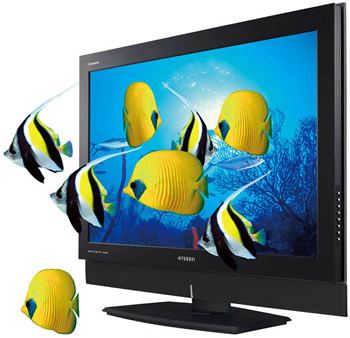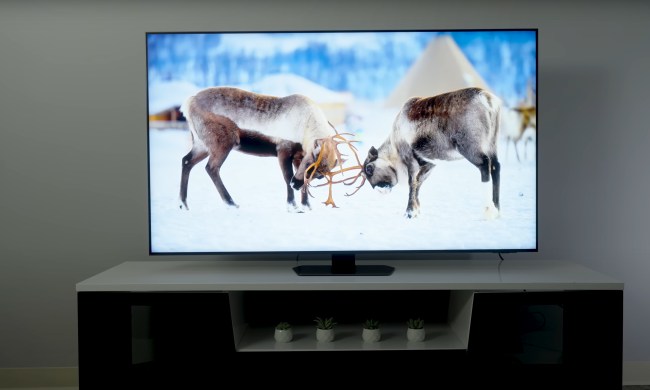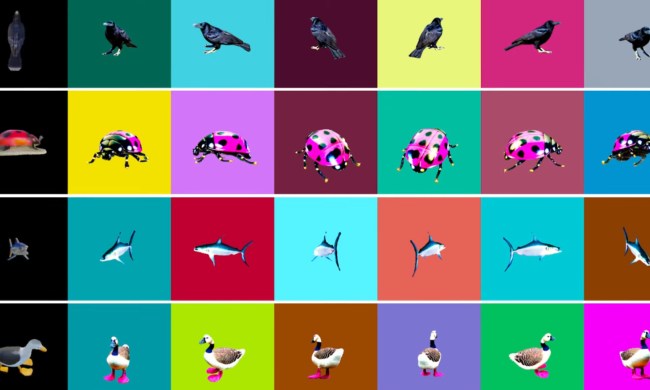 Slowly but surely details on CES 2010 3D technology products are being revealed. In a statement today, Samsung Electronics and RealD announced their happy 3D partnership, but stopped it at that—no Samsung 3D TV line-ups were mentioned. Samsung’s new 3D TV line-up will support the stereoscopic RealD Format to deliver “high-quality 3D content” and improve the TV viewing experience. Samsung and RealD also said they will be collaborating on active eyewear technology and “New Passive Display” technology to promote the adoption of quality 3D TV.
Slowly but surely details on CES 2010 3D technology products are being revealed. In a statement today, Samsung Electronics and RealD announced their happy 3D partnership, but stopped it at that—no Samsung 3D TV line-ups were mentioned. Samsung’s new 3D TV line-up will support the stereoscopic RealD Format to deliver “high-quality 3D content” and improve the TV viewing experience. Samsung and RealD also said they will be collaborating on active eyewear technology and “New Passive Display” technology to promote the adoption of quality 3D TV.
“This partnership pairs world leaders in consumer electronics and 3D technology and will assure that people can enjoy all the 3D content being released in crystal clear 3D on ‘RealD ready’ Samsung TVs,” stated Michael V. Lewis, Chairman and CEO of RealD. “Samsung’s support of the RealD Format furthers the industry toward unified standards for the distribution and display of high-quality 3D in the home.”
RealD says its format is an enhanced version of a side-by-side 3D format that uses a set of filters that multiplexes a left eye and right eye 3D image stream into a single channel. This provides viewers with high definition 3D content and supports an HD infrastructure to any 3D-enabled display. Samsung’s 3D line-up has yet to be announced–but our fingers are crossed.


